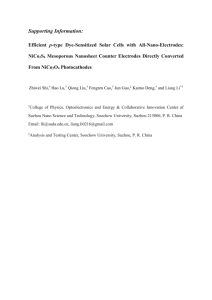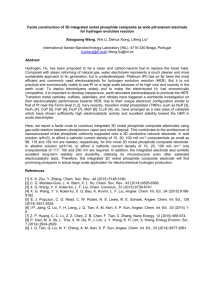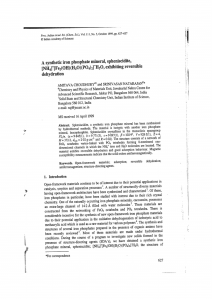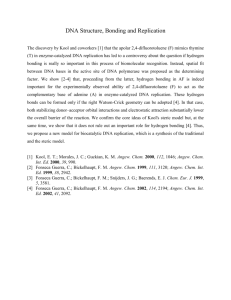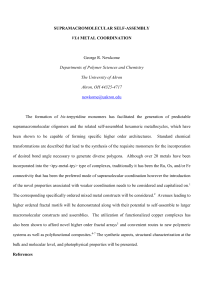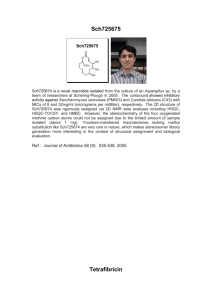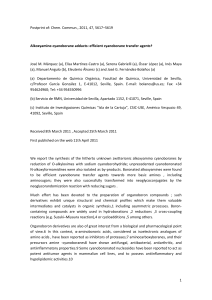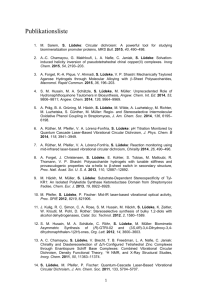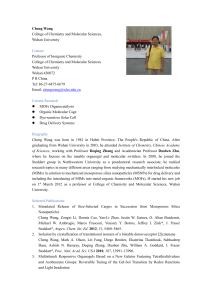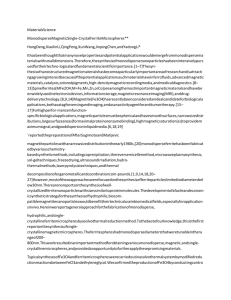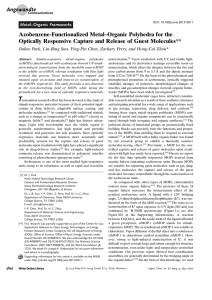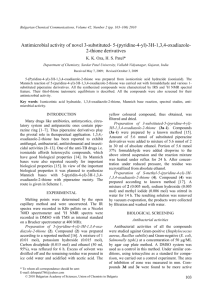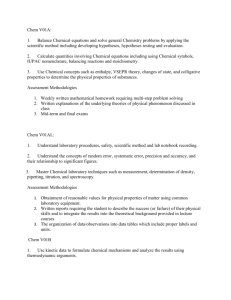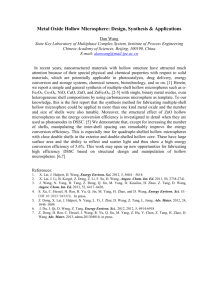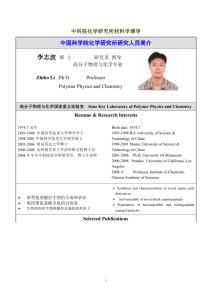abstract template - Queen`s University
advertisement
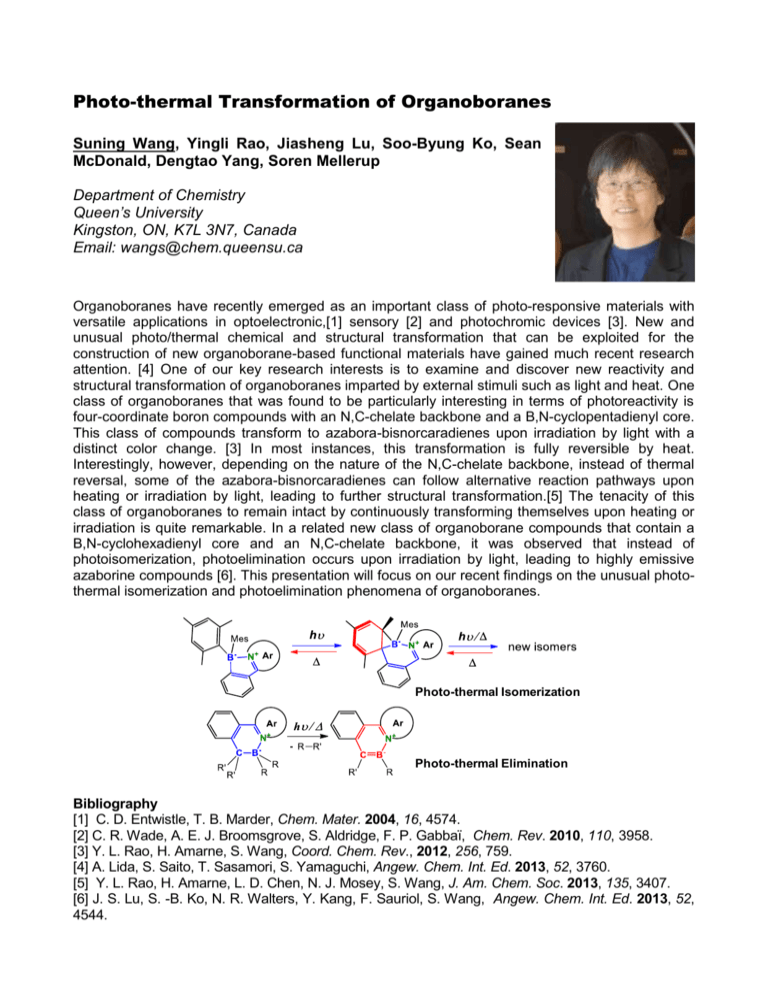
Photo-thermal Transformation of Organoboranes Suning Wang, Yingli Rao, Jiasheng Lu, Soo-Byung Ko, Sean McDonald, Dengtao Yang, Soren Mellerup Department of Chemistry Queen’s University Kingston, ON, K7L 3N7, Canada Email: wangs@chem.queensu.ca Organoboranes have recently emerged as an important class of photo-responsive materials with versatile applications in optoelectronic,[1] sensory [2] and photochromic devices [3]. New and unusual photo/thermal chemical and structural transformation that can be exploited for the construction of new organoborane-based functional materials have gained much recent research attention. [4] One of our key research interests is to examine and discover new reactivity and structural transformation of organoboranes imparted by external stimuli such as light and heat. One class of organoboranes that was found to be particularly interesting in terms of photoreactivity is four-coordinate boron compounds with an N,C-chelate backbone and a B,N-cyclopentadienyl core. This class of compounds transform to azabora-bisnorcaradienes upon irradiation by light with a distinct color change. [3] In most instances, this transformation is fully reversible by heat. Interestingly, however, depending on the nature of the N,C-chelate backbone, instead of thermal reversal, some of the azabora-bisnorcaradienes can follow alternative reaction pathways upon heating or irradiation by light, leading to further structural transformation.[5] The tenacity of this class of organoboranes to remain intact by continuously transforming themselves upon heating or irradiation is quite remarkable. In a related new class of organoborane compounds that contain a B,N-cyclohexadienyl core and an N,C-chelate backbone, it was observed that instead of photoisomerization, photoelimination occurs upon irradiation by light, leading to highly emissive azaborine compounds [6]. This presentation will focus on our recent findings on the unusual photothermal isomerization and photoelimination phenomena of organoboranes. Photo-thermal Isomerization Photo-thermal Elimination Bibliography [1] C. D. Entwistle, T. B. Marder, Chem. Mater. 2004, 16, 4574. [2] C. R. Wade, A. E. J. Broomsgrove, S. Aldridge, F. P. Gabbaï, Chem. Rev. 2010, 110, 3958. [3] Y. L. Rao, H. Amarne, S. Wang, Coord. Chem. Rev., 2012, 256, 759. [4] A. Lida, S. Saito, T. Sasamori, S. Yamaguchi, Angew. Chem. Int. Ed. 2013, 52, 3760. [5] Y. L. Rao, H. Amarne, L. D. Chen, N. J. Mosey, S. Wang, J. Am. Chem. Soc. 2013, 135, 3407. [6] J. S. Lu, S. -B. Ko, N. R. Walters, Y. Kang, F. Sauriol, S. Wang, Angew. Chem. Int. Ed. 2013, 52, 4544.



